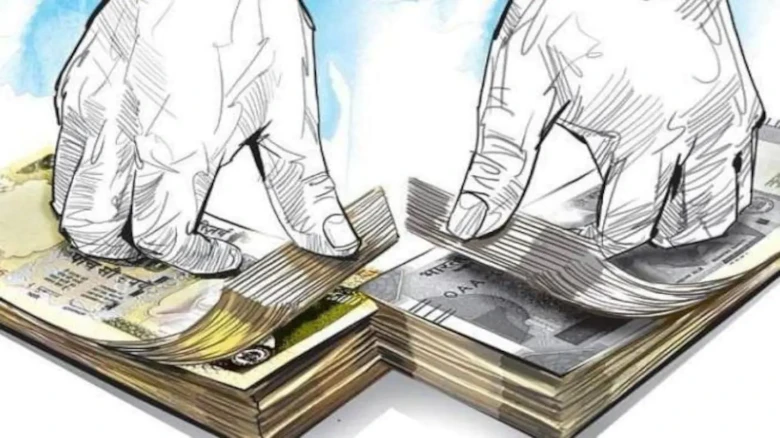Regional

Seven years after the landmark demonetization move in India, a recent survey conducted by LocalCircles has shed light on the changing landscape of...
Digital Desk: Seven years after the landmark demonetization move in India, a recent survey conducted by LocalCircles has shed light on the changing landscape of digital payments in the country. The survey reveals a significant shift towards digital transactions, particularly through the Unified Payments Interface (UPI), but also highlights a surprising resurgence in the use of cash, especially in high-value property transactions.
In November 2016, the Indian government initiated demonetization with the aim of curbing black money and encouraging the transition from cash to digital payment methods. Fast forward to May 2023; UPI accounted for a remarkable 78 percent of total retail digital payments, according to the survey. Furthermore, experts predict that this figure is set to increase, possibly reaching 90 percent of total retail digital payments by the fiscal year 2026–27.
The introduction of the Central Bank Digital Currency (CBDC) also promises to revolutionize the digital payment landscape, offering new possibilities for the way people transact electronically.
Also Read : West Bengal: Earthquake of magnitude 3.6 jolts Alipurduar
Despite the significant progress in promoting digital payments, the survey revealed a surprising trend. Cash in circulation in the Indian economy has nearly doubled, increasing from 17 lakh crores in November 2016 to a staggering 33 lakh crores by October 2023. This unexpected surge in cash usage could be attributed to the persistence of cash in high-value transactions, particularly in property purchases.
The survey uncovered a startling statistic, indicating that 76 percent of individuals who bought property in the last seven years had to make a portion of the payment in cash. This marks a resurgence in the use of cash in property transactions, as only 24 percent of respondents in the current year reported not using cash, compared to 30 percent two years ago.
In contrast, the survey pointed out a positive shift in everyday high-value purchases, such as vehicles and electronic gadgets, where digital payments with receipts have become the norm. However, when it comes to daily essentials like groceries, dining out, and food delivery, as well as services like household help, home repairs, personal services, and white goods repair, cash continues to be the preferred mode of payment for consumers.
The reasons for this cash preference vary. For daily expenses like groceries and eating out, convenience seems to be the driving factor. In contrast, for services subject to an 18 percent Goods and Services Tax (GST), it is the taxation factor that motivates both vendors and consumers to engage in cash transactions.
In summary, the survey highlights the remarkable progress in India's transition towards digital payments, with UPI and the potential for CBDC playing a pivotal role. However, the persistence of cash in high-value transactions and daily essentials underscores the need for further measures to encourage the adoption of digital payment methods across all sectors of the economy.
Leave A Comment